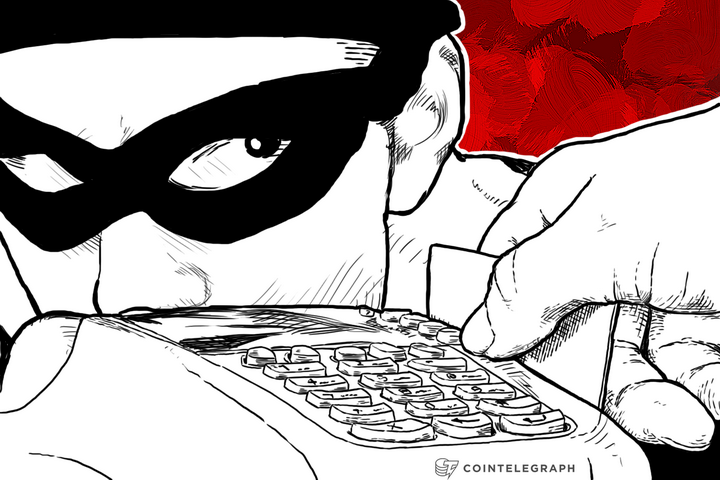Most people have no idea how insecure their credit and debit cards are. Scary Fact: A child with an old-style VCR can use it to obtain the information stored on a bank card's magnetic strip. It is that easy to defraud both banks and banking customers. A recent report issued by Trend Micro outlines the problem in graphic detail.
Electronic Draft Capture (EDC) machines came into common use in the early 1990s, taking the place of the old slide-mechanism “knuckle busters.” Designed to read the magnetic strips that are common on cards today, from credit cards to driver’s licenses, the first such machines were extremely hard to compromise. But like most technologies, new ones often open doors that were not present when the old ones were designed. In the case of EDC machines, those new technologies were card readers and open internet nodes.
The United States is leading the world in point-of-sale (PoS) malware infections, with 30% of the global total. Most of the problem stems from the use of outdated technology. Nations like Canada and the United Kingdom, for instance, are using the more secure “chip-and-pin” cards, and they account for only a combined 5% of malware infections.
Malware can be introduced into a PoS system in a number of ways, but the most common way is by embedding it on a magnetic strip. When the strip is passed through a reader, the malware installs keyloggers, Trojans and rootkits to hijack financial information. This technique makes it nearly impossible for merchants to protect their system against being hijacked by digital pirates.
The United States is the second largest economy in the world (after China, which recently took the lead), and simply cannot afford to fall behind in this regard. President Obama recently made the federal government upgrade to chip-and-pin technology, and many retailers expect to be on track by the fall of 2015. But credit card companies and banks are resisting and they are still issuing cards with weaker chip technologies.
Bitcoin is a brand new technology, and both PoS and BTMs are still developing, so it is likely that they will use more up-to-date cards and readers. But Bitcoin—if users protect themselves with hardware wallets—has an extra layer of protection that cannot be offered by traditional payment systems. Hardware wallets are nearly hack-proof, so even when malware is introduced into the PoS, access to the wallet is difficult. The lesson is that it’s vital to keep technology updated, for both security purposes and for customer relations.
Did you enjoy this article? You may also be interested in reading these ones:


